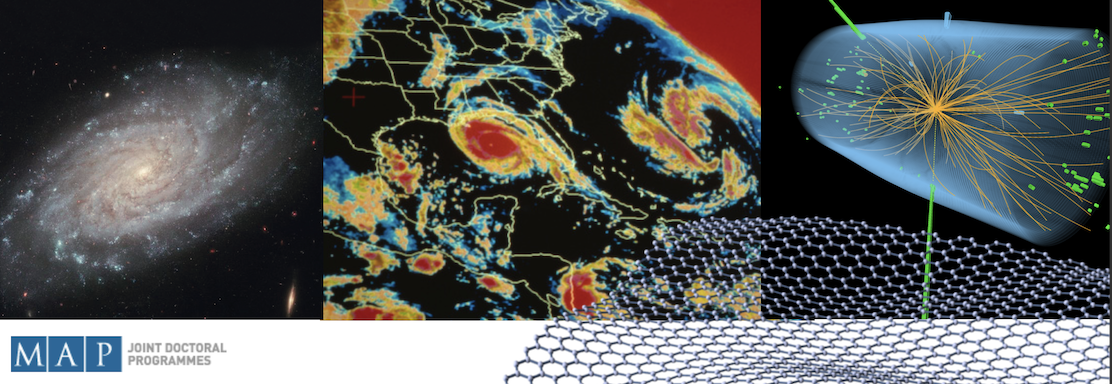Speaker
Description
In this study, we investigate the nanoscopic structural properties of Ca2Mn1-xTixO4 Ruddlesden-Popper (RP) perovskites combining experimental and computational approaches. Atomic-scale measurements were conducted at ISOLDE/CERN with Perturbed Angular Correlation (PAC) spectroscopy with 111mCd (48 min) probes at substitutional Ca-sites [1]. This method has provided insights into structural phase transitions (10-1200K) and Mn/Ti site distributions across different compositions, with Density Functional Theory (DFT) calculations playing a crucial role in interpreting the experiments.
Our findings indicate that incorporating Ti into the Ca2MnO4 lattice creates two distinct local environments rather than a continuous Electric Field Gradient (EFG) distribution. This arises from the reduced number of Mn/Ti nearest neighbors, which limits the possible local configurations when compared to the simple ABO3 perovskites, where the A-cations have eight equidistant B-cations. PAC spectroscopy, with its sensitivity to atomic-scale variations, effectively resolves these site-specific interactions and cation ordering. By shedding light on the structural organization within the CaO rock-salt layer, this study advances our understanding of local structural effects in RP perovskites.
Beyond this specific system, our findings have broader implications for materials exhibiting correlated electronic and structural properties. PAC proves to be a valuable tool for distinguishing subtle local environments, making it relevant for studying similar layered perovskites. These materials are of practical interest due to their tunable properties, including superconductivity, magnetoelectric coupling, and negative thermal expansion [2]. Chemical substitution, as explored in this work, offers a pathway to optimize, control or even combine these effects in solid solutions [3].
References:
[1] P. R. Rodrigues et al., Phys. Rev. B 102, 104115 (2020), ISSN 2469-9950, 2469-9969.
[2] M. S. Senn et al., Phys. Rev. Lett. 114, 035701 (2015), ISSN 0031-9007, 1079-7114.
[3] C. Ablitt et al., Front. Chem. 6, 455 (2018), ISSN 2296-2646.
| Which topic best fits your talk? | Condensed Matter Physics and Nanomaterials |
|---|

